Volgograd was known as Stalingrad until 1956 and when we came in 2018, it was very definitely known as Volgograd. Near the place we slept last night, there was a large sign saying “Stalingrad – geroi gorod” (“hero city”) which I thought was rather odd. During the day we revisited the Mamaev, the massive statue commemorating the Battle of Stalingrad, which is located on the hill of the same name where the bitterest fighting took place. That’s because control over the hill gave fire control over the entire city. Then we went to what was originally known as “Muzei Bitva Stalingrada” (“Museum of the Battle of Stalingrad”) but everyone we asked for directions called it “Panorama” in 2018. Today the signposts all refer to it as the Muzei Bitva Stalingrada. Finally we stopped at a truckers caff run by people from Dagestan and where all the customers were Uzbeks bringing imports from Central Asia, and I overheard one of the drivers telling his friends that he was driving to “Stalingrad”. And judging by all the Stalin mugs and tee-shirts on sale at the souvenir shops, old Joe appears to be making a comeback.
I had forgotten how huge the Mamaev statue is; you can see it from just about everywhere in the city of over one million people. We went first to the Stalingrad Cafe for a very nice (if rather expensive) coffee then walked round the Mamaev, noting the part of the hill where thousands of bodies of soldiers who could not be identified were buried in a mass grave. In 2018 we couldn’t visit the small church because it was being renovated; work is still taking place but we were allowed inside. We then went to the round building where the eternal flame is guarded by two motionless soldiers and were fortunate to see the changing of the guard as a group of soldiers marched in to replace the guards. The Soviet death toll was 1,100,000 soldiers and the Axis side lost 800,000. The tens of thousands of names on the wall of the hall account for only a tiny fraction of the total dead. At the height of the battle, the Soviets were pushed back to a tiny strip of land on the right bank of the Volga, and this is where most of the dead met their fate. It was a sobering thought that so many people lost their lives on this tiny patch of land.
We then went to see the museum, which has been changed since 2018 with more interactive displays and large-scale films of the actual fighting. I couldn’t help recalling our visit in 2018 where I heard a loud-mouthed American (the standard type with massive beergut, checked shirt and baseball cap) shouting “Commie propaganda” at the film. How very sad that anyone can be so abysmally ignorant, and proud of it. We noticed a very old woman who must have been well into her eighties and was probably in the city during the battle as a small child. She was watching the film and crying. We climbed the steps to the circular roof where the panorama of the battle has been painted, noting the event where a soldier set fire to himself and destroyed a German tank by diving beneath it, and the soldier who connected a broken communications wire by putting both ends in his mouth and electrocuting himself while permitting communications to be restored.
We have been to Volgograd twice but came away thinking that you can never comprehend the enormity of what happened here. It is widely believed that, if Hitler had not been obsessed with destroying Stalingrad (which didn’t have a lot of military significance) and had sent his Army Group Centre to attack Moscow from the south, the USSR may have been defeated and the course of WW2 would have been very different.
We then set off for Astrakhan and, taking two hours to get out of Volgograd (it has a total length of over 40 miles) found a Dagestani cafe full of Uzbek truck drivers. There was “khinkal” on the menu which I tried but won’t be eating again. It was big chunks of beef and lots of pasta squares which were completely bland, although the Uzbeks were wolfing it down.
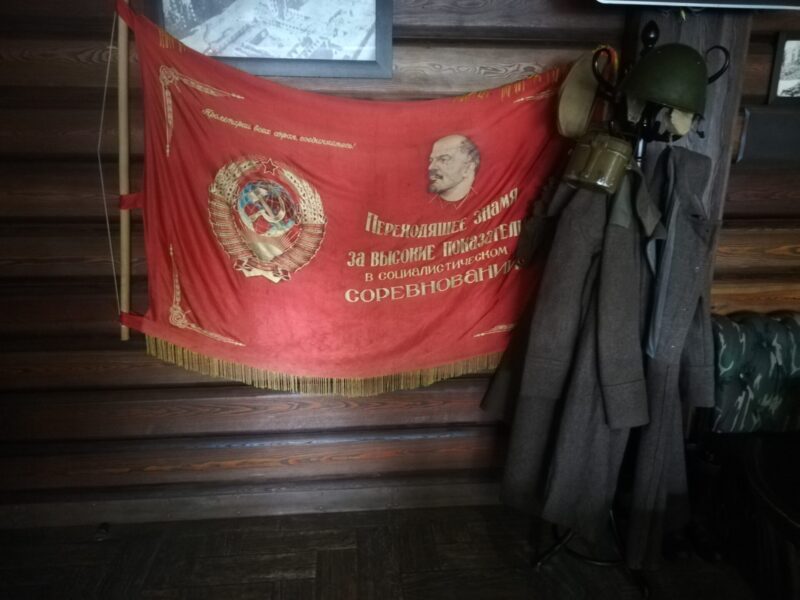
Flag in the cafe
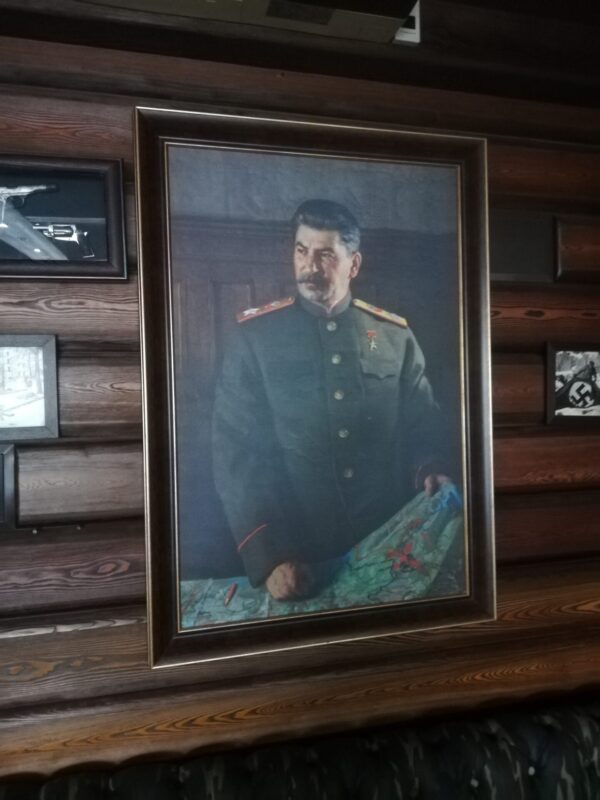
Picture of Uncle Joe
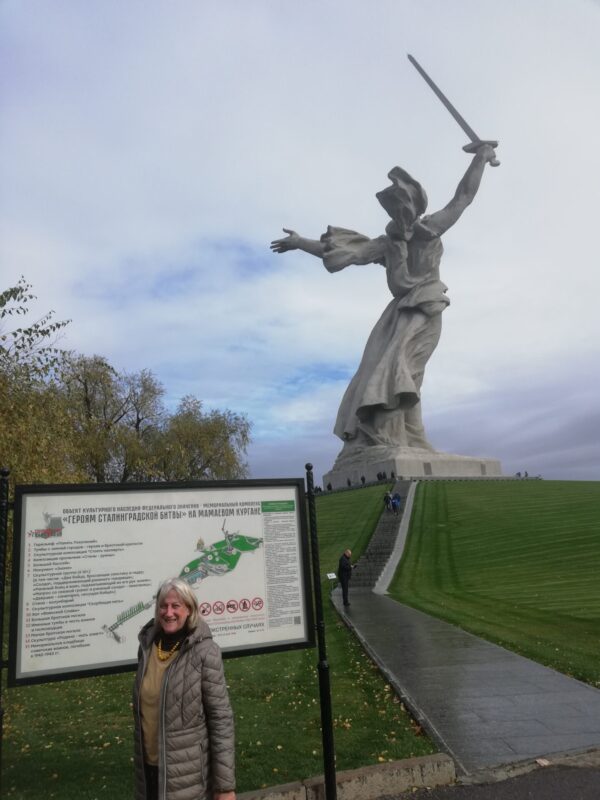
The Mamaev

The church
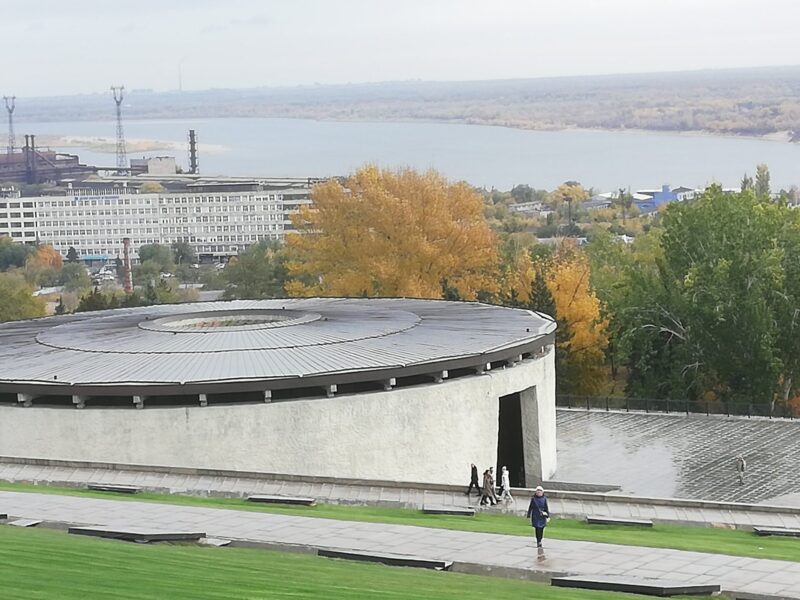
The Memorial Room with the Volga in the background
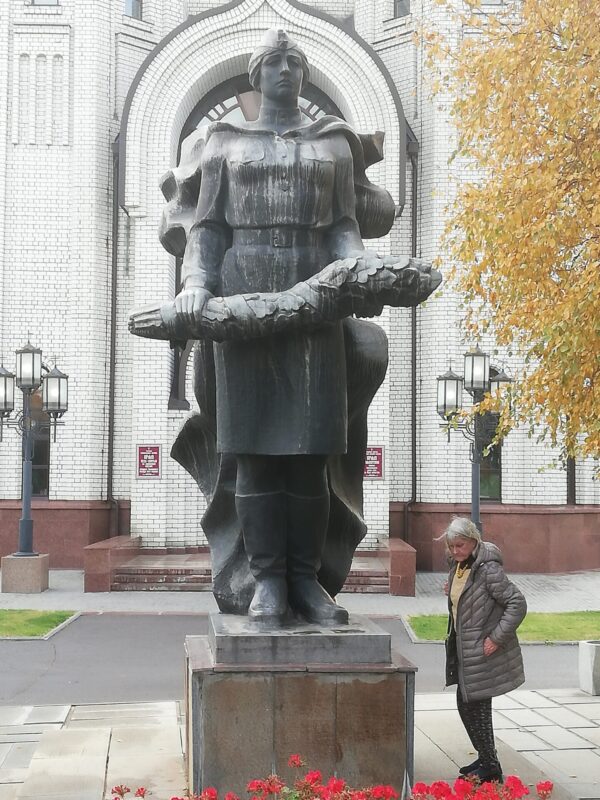
Woman soldier outside the church

Renovation work in the church
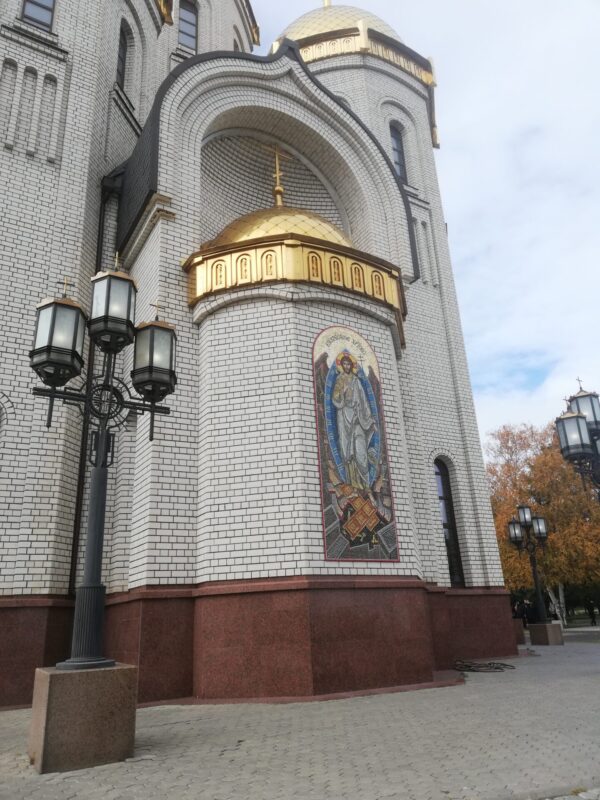
The church
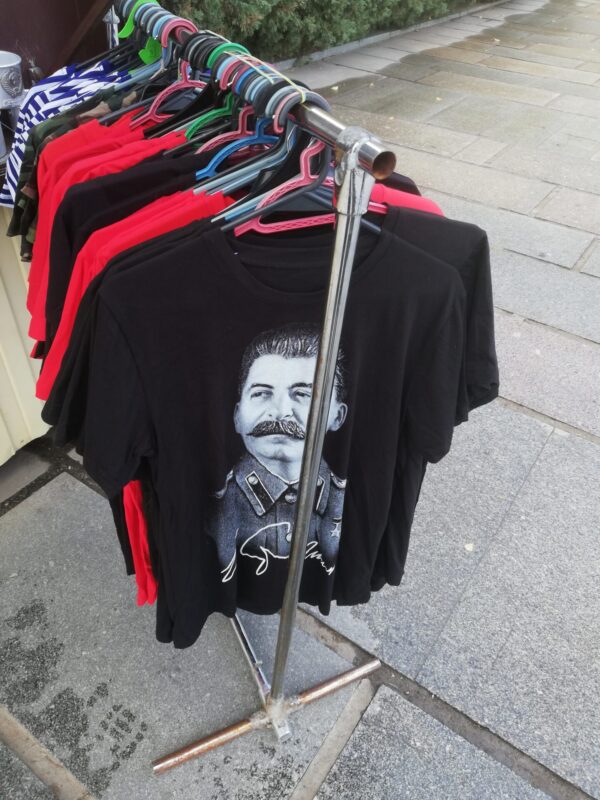
Tee-shirts for sale
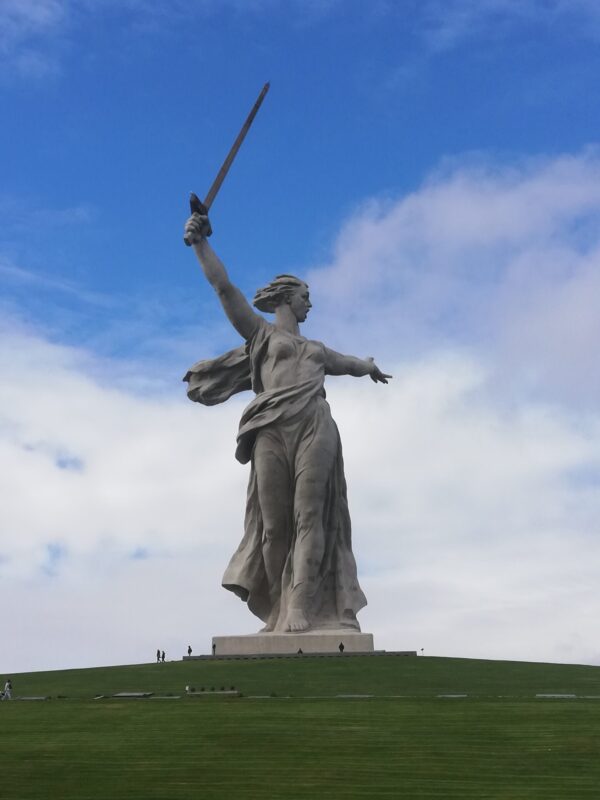
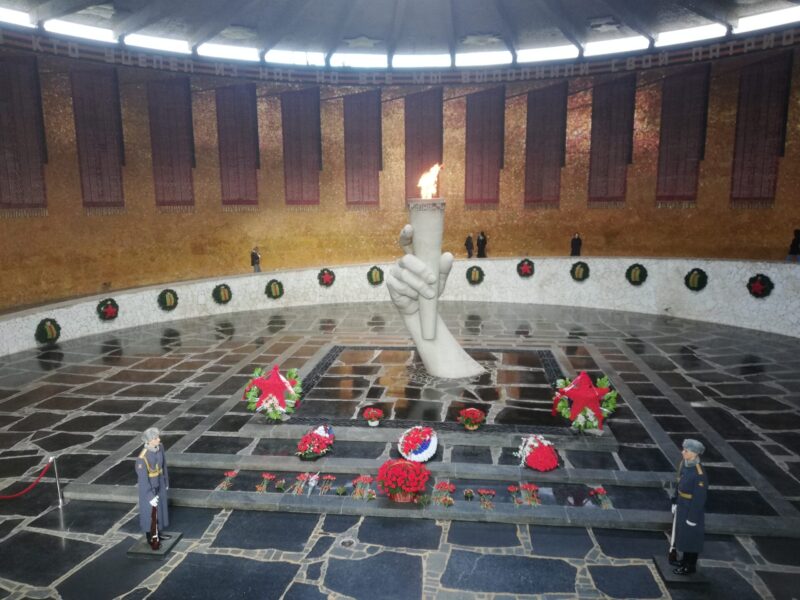
The Memorial Hall with 7,400 names out of 1,100,000

Changing the Guard
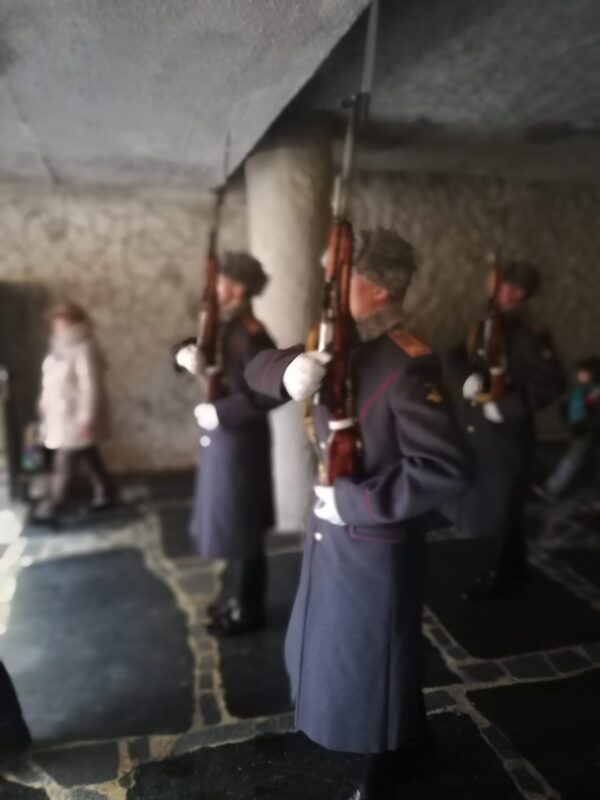

Where unnamed soldiers are buried
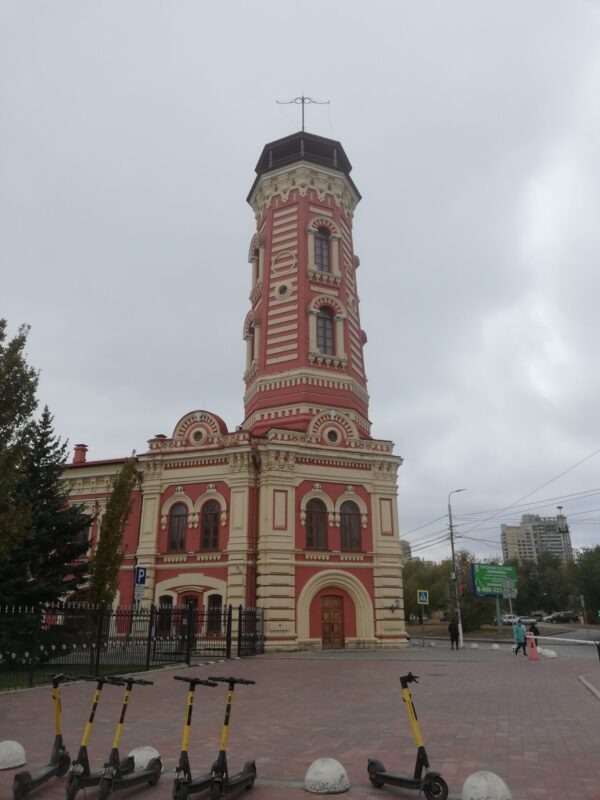
Church
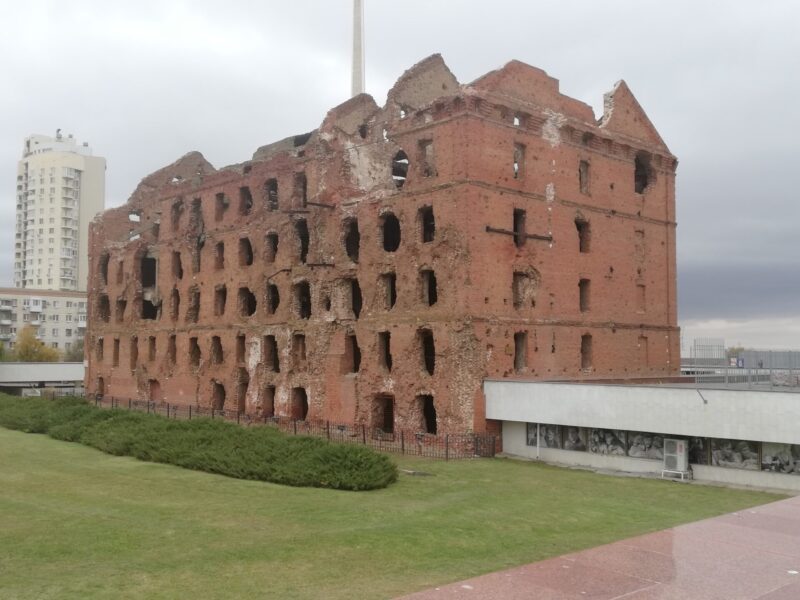
Ruined building left as a reminder of the battle

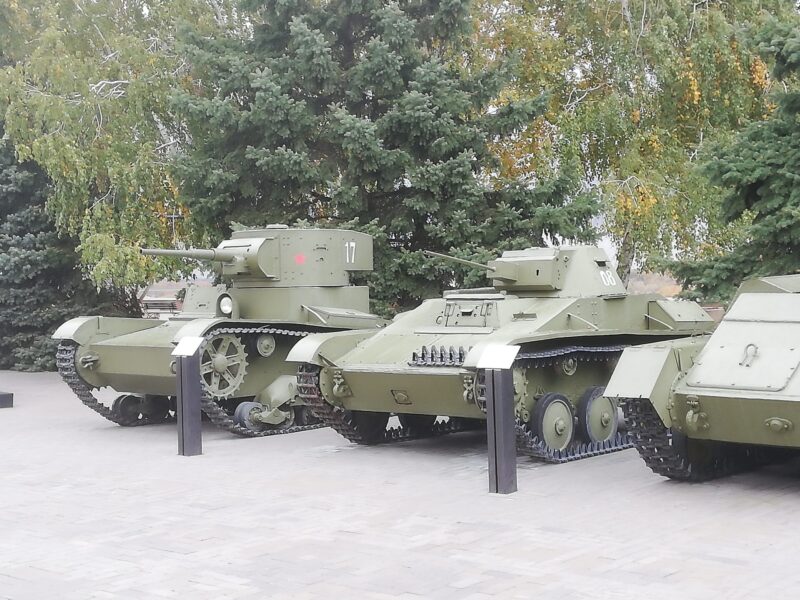


Recruiting poster linking the battle to Aleksandr Nevskii’s Battle on the Ice
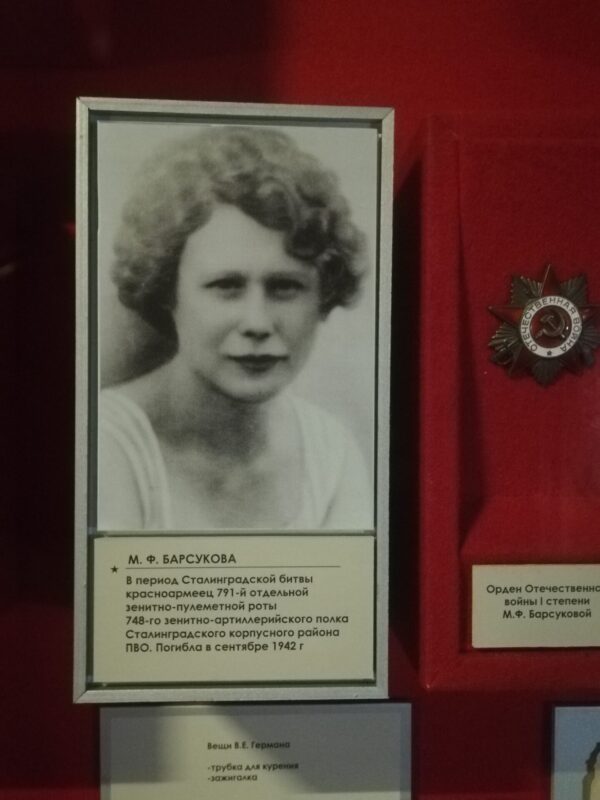
M.Barsukova, member of a rocket-firing battalion, killed in September 1942.

Painting of the battle, showing boats bringing new soldiers across the Volga

General Zhukov

Captured German banners
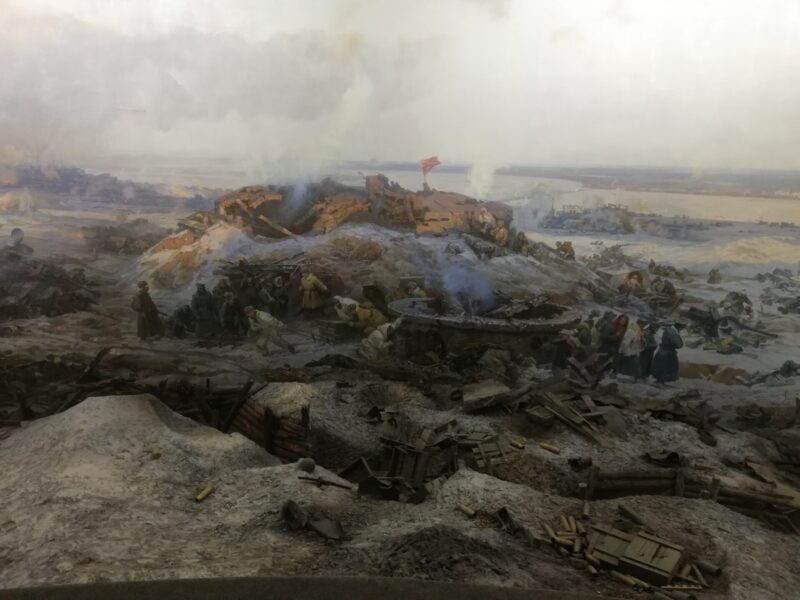
Part of the circular panorama
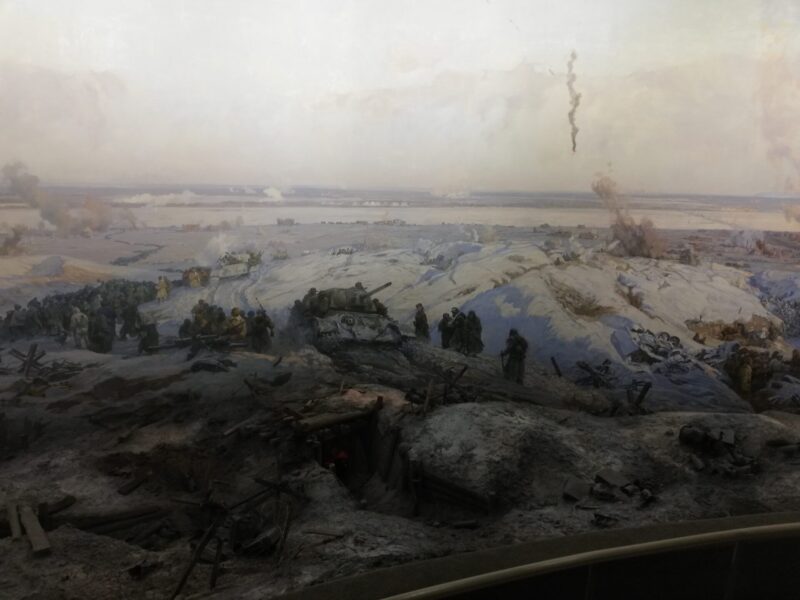
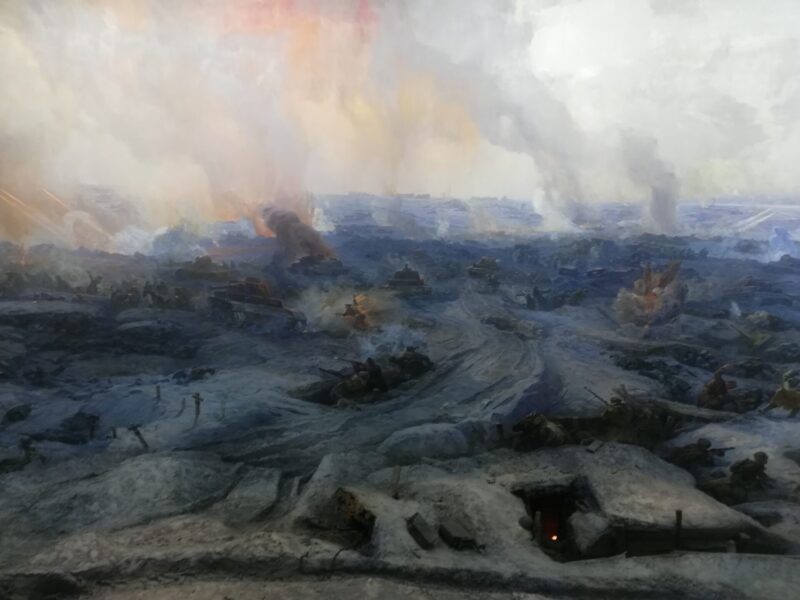
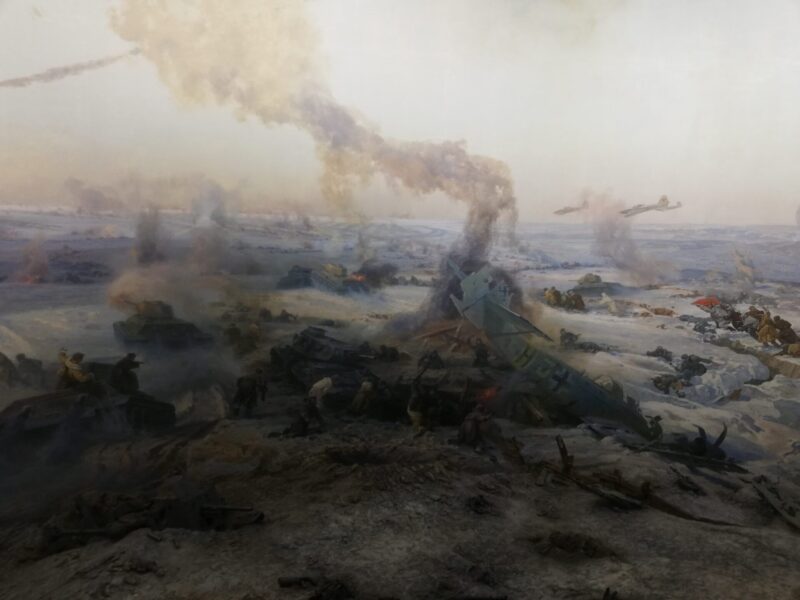
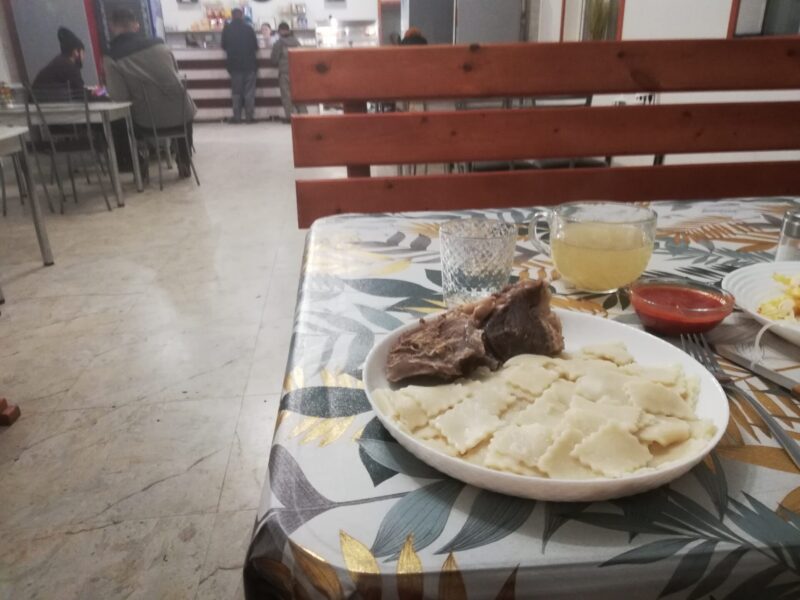
Plate of khinkal